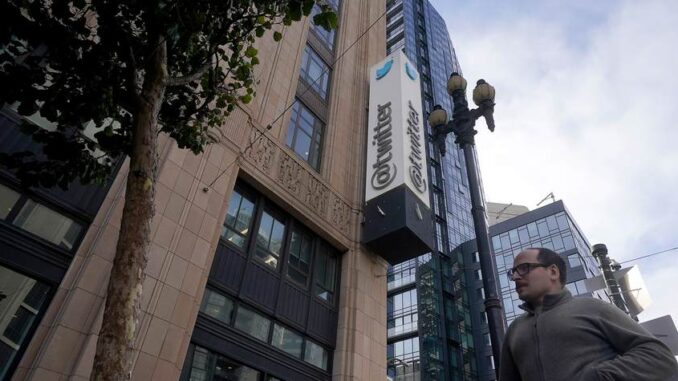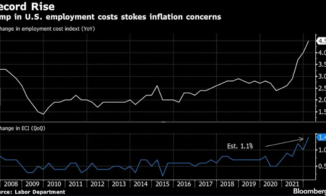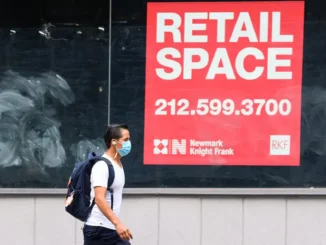
The pandemic work-from-home era may have started the demise of the city office space, but the Biden administration’s spending spree is surely going to finish it off with its resultant inflation and shaky response to a teetering banking system.
Where the trend for decades had been building bigger, glitzier office spaces, sub-leasing the excess to smaller outfits wanting that address near the action, and investors threw money at all of it – the firms building and the firms occupying – now the reverse is true. And there’s a whole lot of shakin’ goin’ on.
Some of them had their own campuses and put that space back into the market when employees started working from home. Also much of the collateral damage from those layoffs – the jobs lost because of the effect those layoffs had on the local scene – means that smaller firms are going under. Taking in the bigger picture, it could be said the Biden economy generally sucks.
When it comes to the facilities a business in distress is located in, you can try to move out of the expensive lease or simply throw in the towel and shut the doors.
That’s what’s happening now, especially in the bigger cities, with vacancy rates soaring in commercial real estate (CRE). There’s a boatload of empty square footage.
It’s even more dire in places like San Francisco, where their downtown vacancy rate has already reached an astonishing 30%…
…and everyone knows that’s nowhere near a bottom yet.
The sub-leasing may have staved off disaster for a little while, but there aren’t enough being leased to begin to cover what’s already available on the market now. And in a year and a half?
Catastrophe if something doesn’t change fast.
In the tech sector, a collapse like SVB’s meant that institutions which would lend money to keep firms afloat are either no longer available – as in defunct – or no longer lending. It goes without saying that this isn’t just confined to the tech industry – it’s happening across the board in commercial real estate. Sources of capital are drying up and what capital is available is expensive, thanks to interest rate hikes. If you need money now to sustain your business, whatever it is, it is going to cost you dearly.\
Should you be able to access capital, you are also going to get less than you expected, because your asset – that building – is worth less than what you originally financed it for. That’s a fugly realization – you are on the hook for a building that’s worth, what? Maybe 2/3 or less of what you paid for it and now you’re going to have to pay through the nose interest-wise just to hang on to it?
YOICKS
That is also true for investors in CRE, from banks large and small to pension funds and, believe it or not, insurance companies and building owners. The higher interest rates, decreased property values, and the specter of increasing defaults is scaring the liquidity off which used to be a lifeline.
As I noted above, even insurance companies are backing away from CRE.
It affects every aspect, from realtors to city tax coffers.
All this attention is focused on CRE right now because of the resources to capital drying up, the vacancy rates skyrocketing, and one huge number that’s rolling around – the bill’s coming due for a huge chunk of this, with no idea how they’re going to repay or refinance it.
That is known as a “debt bomb.”
It alarming enough to have woken up the crew of our sleepy POTATUS.
Nothing about these people is “helpful.”
Feel better yet?
Perhaps it is better the White House is “watching” as opposed to acting.
I mean, their crisis management has been terrific so far.
Source: hotair.com



